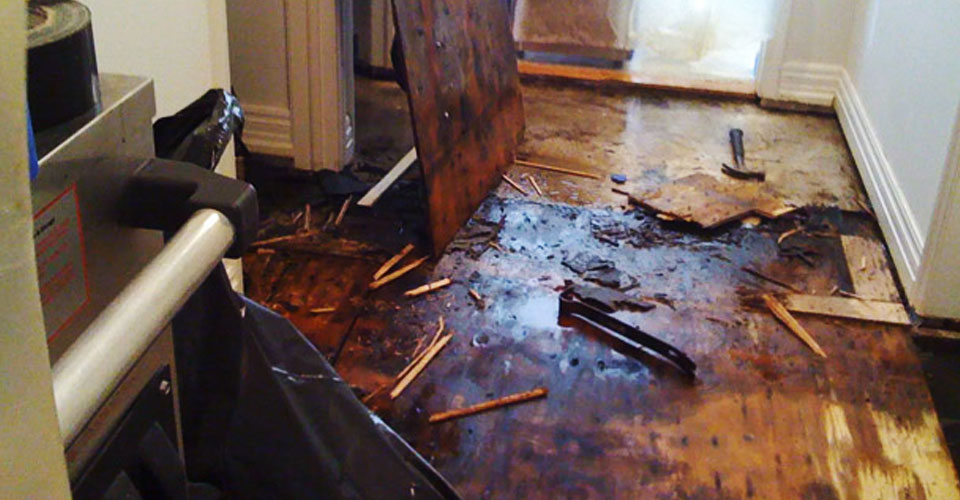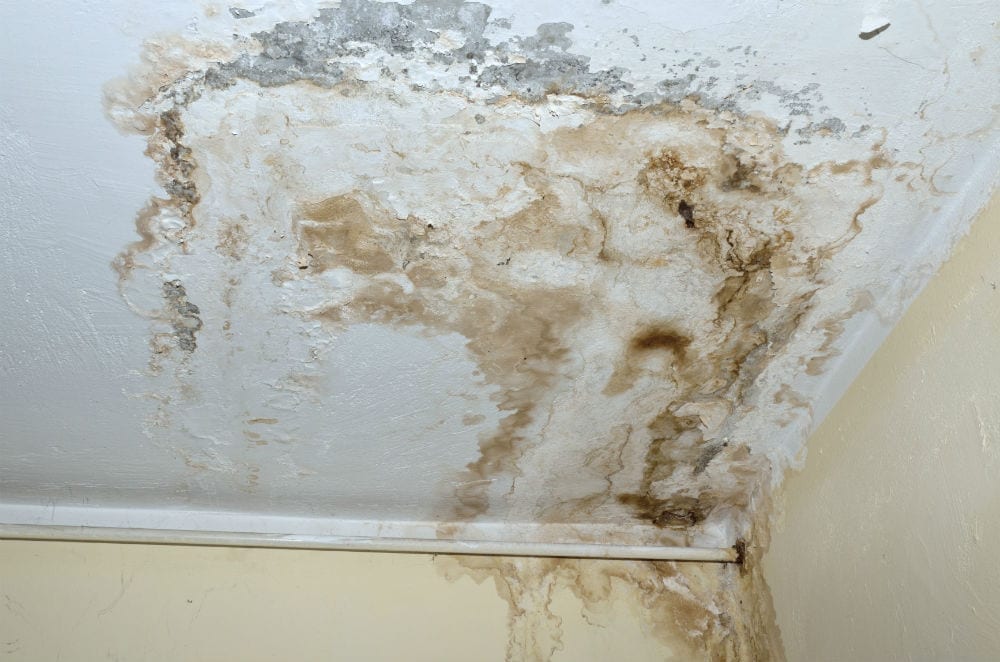We've found this article involving Fire And Water Damage Prevention down the page on the internet and believe it made perfect sense to relate it with you here.

Water gives life, however water intrusion on some parts where it's not expected to be can lead to damages and also hassle. It can peel off away the surface area and also deteriorate the product's structure if the water permeates right into your framework. Mold and mildew likewise prosper in a wet setting, which can be dangerous for your and your family's health. Additionally, houses with water damage smell mildewy as well as old.
Water can come from numerous sources like typhoons, floodings, burst pipes, leakages, and sewage system problems. If you have water damages, it's better to have a working expertise of security preventative measures. Below are a few standards on how to manage water damages.
Do Prioritize Home Insurance Coverage
Seasonal water damages can come from floods, seasonal rainfalls, and also wind. There is also an event of an unexpected flood, whether it originated from a malfunctioning pipe that suddenly breaks right into your home. To secure your home, obtain house insurance that covers both disasters such as all-natural disasters, and also emergencies like busted plumbing.
Don't Forget to Switch Off Utilities
When disaster strikes and also you're in a flood-prone location, turn off the major electrical circuit. Shutting off the power prevents
electric shocks when water is available in as water serves as a conductor. Don't neglect to turn off the major water line valve as a means to prevent even more damages.
If the floodwaters are getting high, maintain your furnishings steady as they can walk around and also cause additional damage.
Do Stay Proactive as well as Heed Weather Condition Signals
Storm floodings can be really uncertain. Stay prepared as well as positive at all times if you live in a location tormented by floods. Listen to the news as well as discharge warnings if you live near a body of water like a creek, lake, or river . Obtain your valuables and essential files from the ground floor and basement, then put them in a safe place and also the greatest feasible degree.
Do Not Ignore the Roofing System
Your roofer needs to take treatment of the defective gutters or any type of various other signs of damages or weakening. An inspection will certainly protect against water from streaming down your wall surfaces and saturating your ceiling.
Do Take Notice Of Small Leakages
There are red flags that can attract your interest and also show to you some weakened pipes in your home. Signs of red flags in your pipes include bubbling paint, peeling wallpaper, water touches, water discolorations, or trickling audios behind the wall surfaces. Fixing and also evaluate your plumbing fixed prior to it results in substantial damages to your residence, finances, and a personal problem.
Do Not Panic in Case of a Ruptured Pipeline
Timing is key when it comes to water damages. If a pipeline bursts in your residence, right away shut off your primary water shutoff to cut off the source and also stop even more damage. Call a trustworthy water damage reconstruction specialist for help.
Water gives life, however water intrusion on some parts where it's not intended to be can result in damages and trouble. In addition, houses with water damages smell musty and also old.
Seasonal water damage can come from floodings, seasonal rains, and wind. Indicators of red flags in your pipes consist of bubbling paint, peeling wallpaper, water touches, water discolorations, or leaking noises behind the wall surfaces. If a pipeline ruptureds in your house, right away closed off your major water valve to reduce off the source and stop even more damages.
Some Do's & Don't When Dealing with a Water Damage
DO:
Make sure the water source has been eliminated. Contact a plumber if needed. Turn off circuit breakers supplying electricity to wet areas and unplug any electronics that are on wet carpet or surfaces Remove small furniture items Remove as much excess water as possible by mopping or blotting; Use WHITE towels to blot wet carpeting Wipe water from wooden furniture after removing anything on it Remove and prop up wet upholstery cushions for even drying (check for any bleeding) Pin up curtains or furniture skirts if needed Place aluminum foil, saucers or wood blocks between furniture legs and wet carpet Turn on air conditioning for maximum drying in winter and open windows in the summer Open any drawers and cabinets affected for complete drying but do not force them open Remove any valuable art objects or paintings to a safe, dry place Open any suitcases or luggage that may have been affected to dry, preferably in sunlight Hang any fur or leather goods to dry at room temperature Punch small holes in sagging ceilings to relieve trapped water (don't forget to place pans beneath!); however, if the ceiling is sagging extremely low, stay out of the room and we'll take care of it DO NOT:
Leave wet fabrics in place; dry them as soon as possible Leave books, magazines or any other colored items on wet carpets or floor Use your household vacuum to remove water Use TV's or other electronics/appliances while standing on wet carpets or floors; especially not on wet concrete floors Turn on ceiling fixtures if the ceiling is wet Turn your heat up, unless instructed otherwise

I stumbled upon that piece on Preventing Fires and Water Damage In Your Home when doing a lookup on the search engines. Appreciated our write up? Please share it. Help somebody else discover it. I love reading our article about Preventing Fires and Water Damage In Your Home.